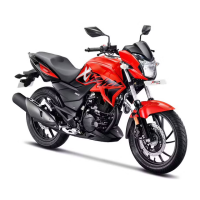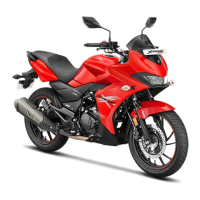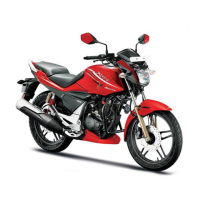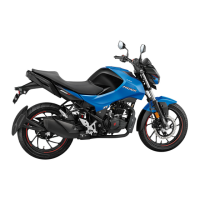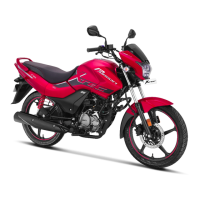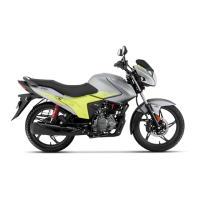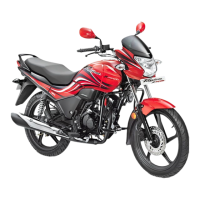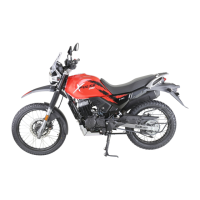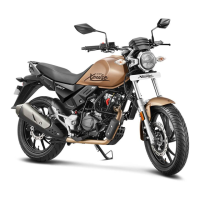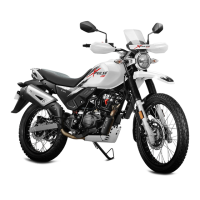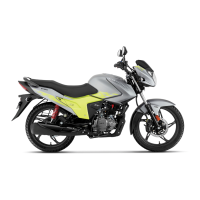PREFACE
No : IB15A
Thank you for selecting a Hero MotoCorp XTREME 200R. We wish you many miles of
continued riding pleasure in the years ahead.
We at Hero MotoCorp, are committed to demonstrate excellence in our environment
performance on a continual basis, as an intrinsic element of our corporate philosophy. To
achieve this we commit ourselves to continue product innovations to improve environment
compatibility, comply with all applicable environment legislation and strengthen the green
supply chain.
This booklet is your guide to the basic operation and maintenance of your new
Hero MotoCorp XTREME 200R. Please take time to read it carefully. As with any fine
machine, proper care and maintenance are essential for trouble-free operation and optimum
performance.
Authorised Distributor or the authorised dealer(s) of the Distributor ("Dealer") will be glad
to provide further information or assistance and to handle your future service needs.
Let us make this world a safer, healthier and more environment friendly place.
